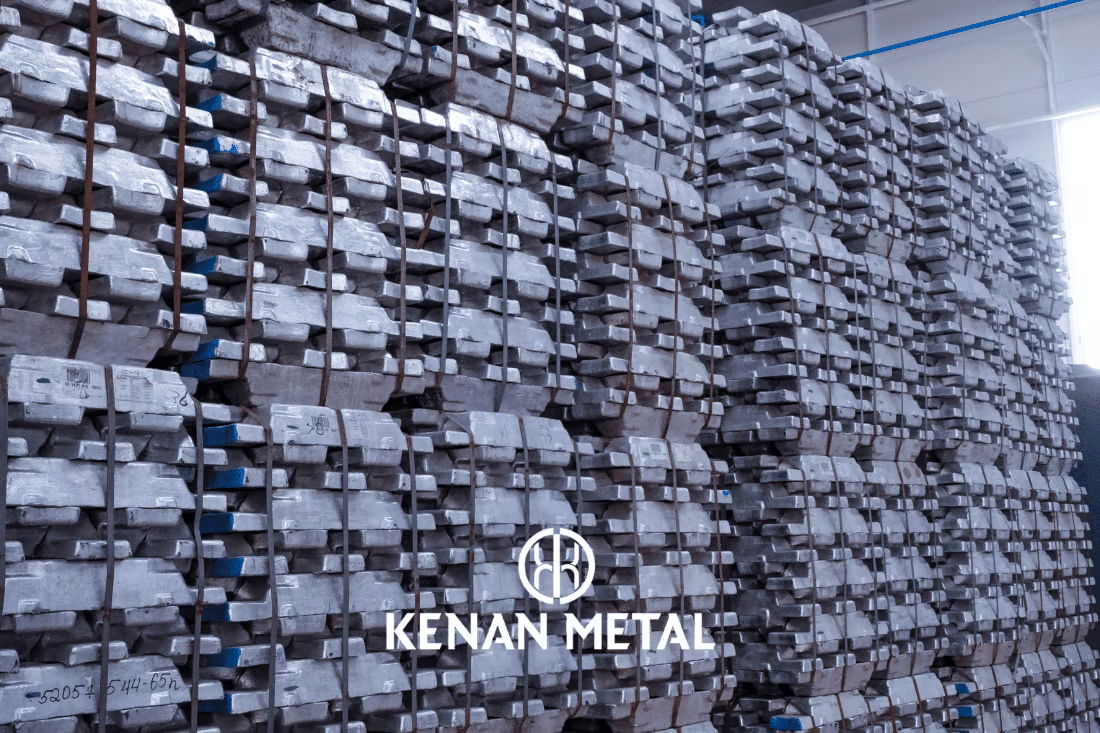Aluminum is used in many sectors today due to its lightweight, easy processing compared to most metals, and 100% recyclability. The use of aluminum materials is increasing in many fields such as construction, automotive, architectural decoration, packaging, defense, aviation, energy, and health. In addition to these, it has a wide range of uses not only in industry but also in our daily lives.
The clearest data revealing the size of the aluminum industry is the number of companies operating in this sector in Turkey and the number of workers employed. Approximately 1,500 active companies employ more than 30,000 people. The sector has grown by 10% in the last 10 years and ranks first with a 35% share in Ferrous and Non-Ferrous Metals exports.
Aluminum Industry in the World
In addition to the gradual growth of the aluminum sector in Turkey, the interest in aluminum products is increasing in the world and there is an abundance of demand worldwide. In order to meet this demand, aluminum producers and industrialists from many geographies participate in fairs and events for cooperation and export opportunities.
According to reports based on industry research, global demand for aluminum will increase by approximately 40% by 2030. The International Aluminum Institute's (IAI) study, Aluminum Opportunities in the Post-Covid Economy, details demand across industrial sectors that have a key role in the economy. Transportation, construction, packaging, and electricity are listed as the four main sectors that will drive demand, accounting for 75% of the total metal required. Two-thirds of this growth is expected to come from China, which will require 12.3 million tons, with the rest of Asia adding 8.6 million tons, North America 5.1 million tons, and Europe 4.8 million tons. With this data, these four regions alone are estimated to account for more than 90 percent of the additional aluminum required globally.
Scientific reports show that as the world's societies increasingly focus on efficiency and sustainability, the market opportunities for aluminum are growing. In each of the sectors, the key drivers of demand are linked to sustainability and climate change issues. Decarbonization policies and the shift away from fossil fuels in the transport sector will see an increase in electric vehicle production to 31.7 million tons in 2030 (compared to 19.9 in 2020).
There will be an increase in aluminum demand for renewable energy demands and also for solar panels. Current copper cables for power distribution are also expected to be replaced by aluminum-based components in the future. In total, the electricity sector will need an additional 5.2 million tons by 2030.
The construction and building sector will require an additional 4.6 million tons of aluminum components by the end of the next decade. Urbanization from Asia (excluding China) will account for 44% of growth, according to the report.
Aluminum packaging will increase from 7.2 million tons to 10.5 million tons in 2030, driven by the growing popularity of canned beverages in North America, Europe, and China. Among the reasons for this expected increase, increasing demand for environmentally friendly packaging with new products seems to be the biggest reason.
Kenan Metal's Growth Goals
As Kenan Metal, we deliver our aluminum products to 80 countries of the world and we are making new efforts to expand our export network every day. By participating in prestigious events and fairs where our industry is represented, we come together with market representatives and establish new relationships for our export targets.
With our new investments and R&D and innovation activities, we continue our growth moves towards our goal of becoming one of Turkey's 500 largest industrial enterprises.


